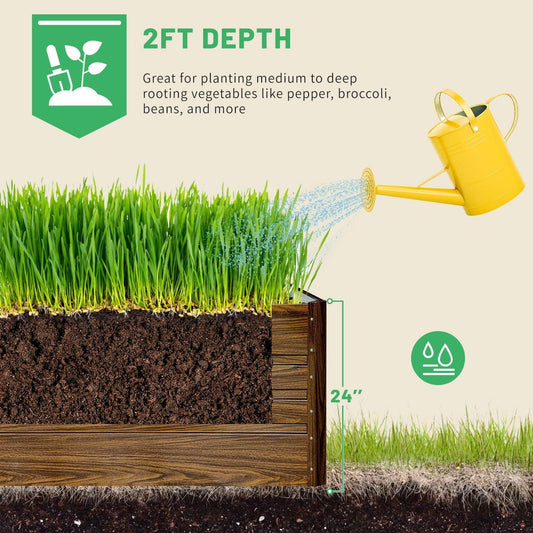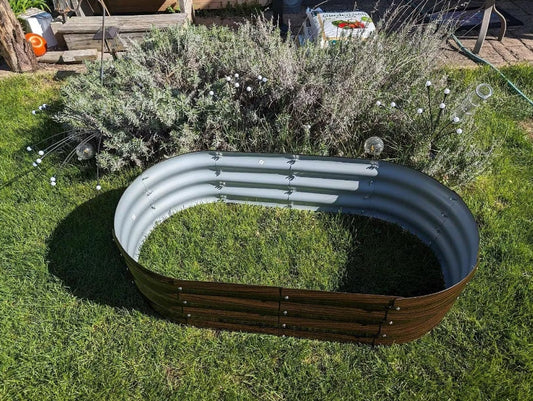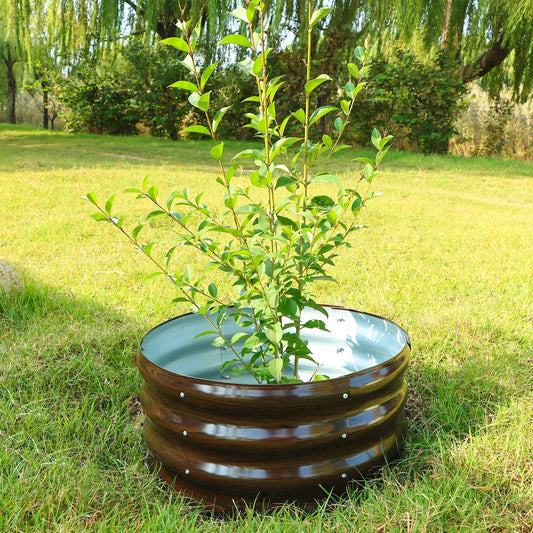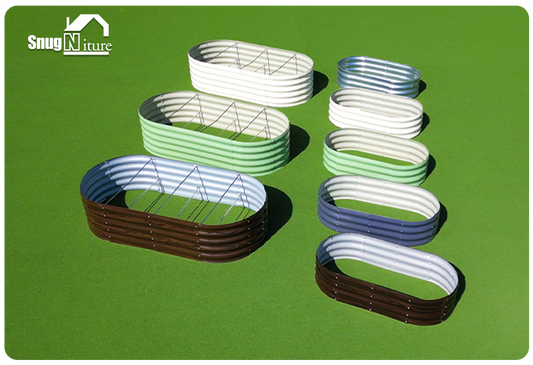Garden Transformation: Raised Beds for a Bountiful Harvest
In the heart of every home lies a hidden potential for a thriving oasis, a place where nature's bounty can flourish and culinary delights are born – your backyard. Embracing raised garden beds is the key to unlocking this potential, transforming your ordinary landscape into an extraordinary garden paradise.

Unleashing the Power of Soil
Within the confines of a raised garden bed, you have complete control over the soil composition, crafting an ideal medium for your chosen crops. This ability to curate the soil eliminates the guesswork and frustration often associated with native soil conditions.
A Haven for Healthy Roots
The enhanced depth of raised garden beds provides ample space for roots to spread and burrow deep, seeking out essential nutrients and moisture. This unrestricted root growth translates into stronger, more resilient plants that can withstand the vagaries of weather and pests.
Ergonomics for Effortless Gardening
Bending, stooping, and straining are no longer part of the gardening equation with raised garden beds. Their elevated design brings your plants to a comfortable working height, reducing strain on your back and joints, making gardening a more enjoyable and sustainable activity.
A Bountiful Harvest Awaits
The combination of optimal soil conditions, enhanced root growth, and easy access leads to an inevitable outcome – a bountiful harvest. Raised garden beds consistently produce higher yields of healthier, tastier fruits and vegetables compared to traditional in-ground gardens.
Embark on Your Raised Garden Bed Journey
Transforming your backyard into a raised garden bed paradise is a journey filled with anticipation, excitement, and the satisfaction of nurturing life. Here's a step-by-step guide to get you started:
-
Choose Your Location: Select a well-drained, sun-drenched spot in your backyard that receives at least 6-8 hours of sunlight daily.
-
Design and Dimensions: Determine the size and shape of your raised beds based on the space available and the types of plants you intend to grow.
-
Material Selection: Choose a durable material for your raised beds, such as wood, metal, or stone, considering aesthetics and long-term functionality.
-
Constructing the Frame: Build the frame of your raised beds, ensuring it is sturdy and level.
-
Lining Your Beds: Line the beds with landscaping fabric or hardware cloth to prevent weeds and pests from invading.
-
Filling with Fertile Soil: Fill your raised beds with a high-quality, nutrient-rich potting mix or garden soil.
-
Planting Your Seeds or Seedlings: Carefully plant your seeds or seedlings, ensuring proper spacing and depth.
-
Watering and Weeding: Establish a regular watering schedule and keep your beds free of weeds to promote healthy plant growth.
-
Harvesting Your Bounty: Enjoy the fruits of your labor by harvesting your crops at their peak ripeness.
As you embark on your raised garden bed journey, remember that gardening is a continuous learning process. Embrace the challenges, celebrate the successes, and let your garden be a source of nourishment, joy, and connection to nature.






